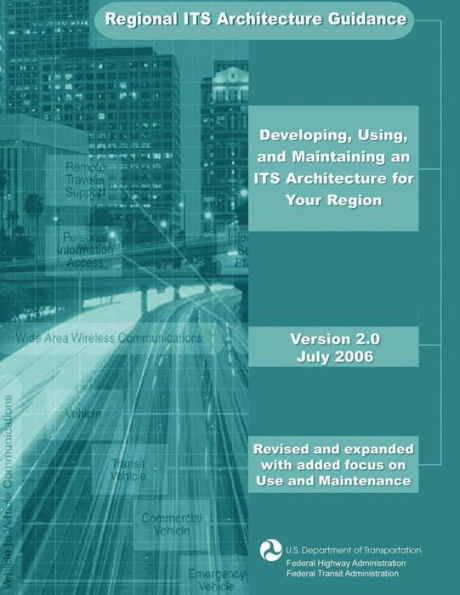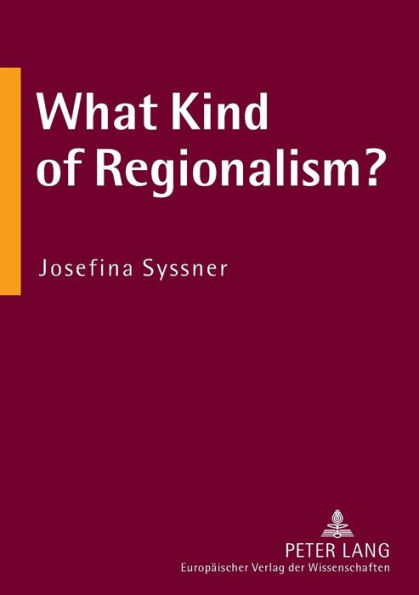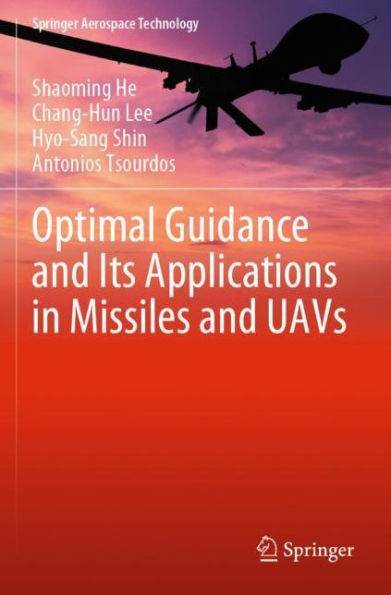Home
Regional ITS Architecture Guidance: Developing, Using, and Maintaining an ITS Architecture for Your Region



Regional ITS Architecture Guidance: Developing, Using, and Maintaining an ITS Architecture for Your Region
Current price: $24.99
Loading Inventory...
Size: OS
Rapid advances in information processing and communications technology have created new opportunities for transportation professionals to deliver safer and more efficient transportation services, and to respond proactively to increasing demand for transportation services in many areas and mounting customer expectations from coast to coast. However, many of these new opportunities are predicated upon effective coordination between organizations - at both an institutional and technical level. To encourage and enable this coordination, the USDOT has developed the National ITS Architecture and related tools to help identify and exploit these opportunities for cost-effective cooperation. This document is one such tool -- it describes how to develop a regional ITS architecture, which will be a cornerstone of planning for effective interagency coordination and for deployment and operation of technology-based projects. In 1997, Congress passed the Transportation Equity Act for the 21st Century (TEA-21) to address the need to begin to work toward regionally integrated transportation systems. In January 2001, FHWA published a rule (ITS Architecture and Standards) and FTA published a companion policy to implement section 5206(e) of TEA-21. This Rule/Policy seeks to foster regional integration by requiring that all ITS projects funded from the Highway Trust Fund be in conformance with the National ITS Architecture and officially adopted standards. "Conformance with the National ITS Architecture" is defined in the final Rule/Policy as using the National ITS Architecture to develop a "regional ITS architecture" that would be tailored to address the local situation and ITS investment needs, and the subsequent adherence of ITS projects to the regional ITS architecture. This ITS Architecture and Standards Rule/Policy continues under the current SAFETEA-LU federal transportation act. SAFETEA-LU emphasizes, among other things, congestion mitigation, real-time system management information systems, and planning and approaching transportation operations from a regional perspective. In Section 1201.c of the SAFETEA-LU legislation, State and local governments are required to address information needs and data exchange associated with highway and transit information and monitoring systems when developing or updating their regional ITS architectures. In addition, Section 6001 of SAFETEA-LU mandates that large metropolitan areas (population greater than 200,000) establish a congestion management process (CMP) that provides for effective management and operation of the transportation system within the region. The CMP is something that can be greatly enhanced by receiving archived ITS travel data, among other data points, generated by a deployed ITS network. During the stakeholder identification process, the ITS architecture should include this planning need for ITS data throughout the region. ITS architectures provide support in these areas as stakeholders analyze their implementation. This document is a guide for transportation professionals who are involved in the development, use, or maintenance of regional ITS architectures. The document describes a process for creating a regional ITS architecture with supporting examples of each architecture product. In its discussion of the uses of the regional ITS architecture, the document presents an approach for mainstreaming ITS into the transportation planning and project development processes.











